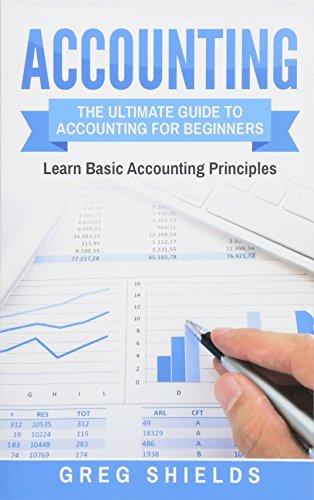


Smart Company prepared its annual financial statements dated December 31. The company reported its inventory using the FIFO inventory costing method and failed to evaluate its net realizable value at December 31. The preliminary income statement follows Sales Revenue Cost of Goods Sold $292,000 Beginning Inventory Purchases S 36,000 194,000 230,000 Goods Available for Sale Ending Inventory 123,200 168,800 67,000 101,800 30,540 $ 71,260 Cost of Goods Sold Gross Profit Operating Expenses Income from Operations Income Tax Expense (30%) Net Income Assume you have been asked to restate the financial statements to incorporate LCM/NRV. You have developed the following data relating to the ending inventory: Purchase Cost Net Realizable Value per Unit $ 7 Item Quantity Per Unit Total 2,500 1,500 7,600 3,200 $ 6 $15,000 15,000 60,800 16,000 $106,800 10 10 TIP: Inventory write-downs do not affect the cost of goods available for sale. Instead, the effect of the write-down is to reduce ending inventory, which increases Cost of Goods Sold and then affects other amounts in the income statement. Required 1. Restate the income statement to reflect LCM/NRV valuation of the ending inventory. Apply LCM/NRV on an item-by-item basis 2. Compare and explain the LCM/NRV effect on each amount in the income statement that was changed in requirement 1 Complete this question by entering your answers in the tabs below Required 1Required 2 Restate the income statement to reflect LCM/NRV valuation of the ending inventory. Apply LCM/NRV on an item-by-item basis SMART COMPANY Income Statement (LCM/NRV basis) For the Year Ended December 31 Sales Revenue S 292,000 Cost of Goods Sold $ 36,000 194,000 230,000 94,200 Beginning Inventory Purchases Goods Available for Sale Ending Inventory Cost of Goods Sold Gross Profit OperatingExpenses Income from Operations Income Tax Expense Net Income 67,000 Required: 1. Restate the income statement to reflect LCM/NRV valuation of the ending inventory. Apply LCM/NRV on an item-by-item basis 2. Compare and explain the LCM/NRV effect on each amount in the income statement that was changed in requirement 1 Complete this question by entering your answers in the tabs below. Required 1Required 2 Compare and explain the LCM/NRV effect on each amount in the income statement that was changed in requirement 1 (Decreases should be indicated by a minus sign.) Amount of Increase FIFO Cost LCM/NRV Item Changed Basis $ 106,800$ 94,200$ (12,600) $ 87,400 $ 168,800 $ 101,800 $ 30,540 Basis (Decrease) Ending Inventory Cost of Goods Sold Gross Profit Income from Operations Income Tax Expense Net Income 71,260 Required! Required 2









